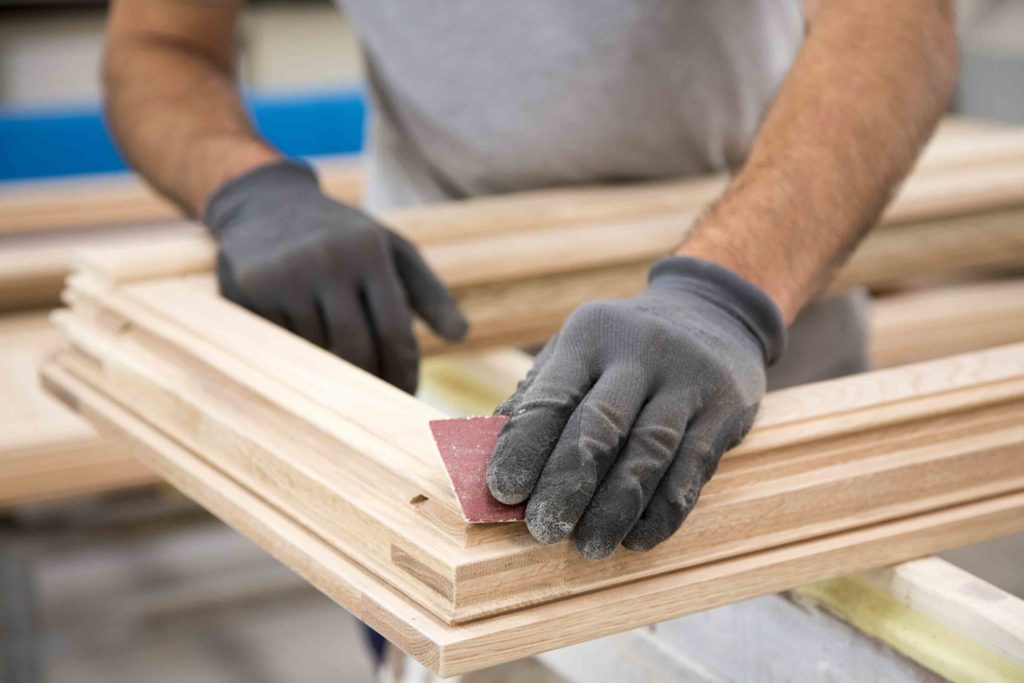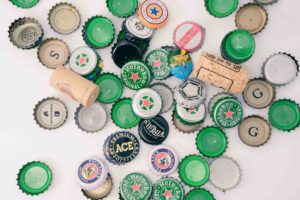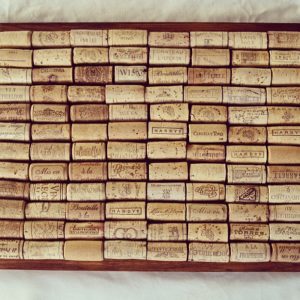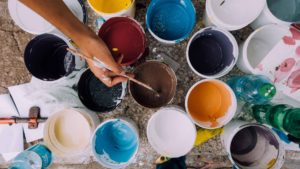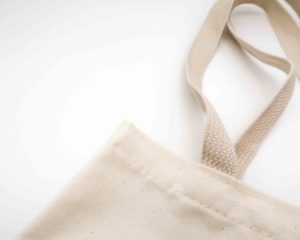In 2018, the United States generated 292.4 million tons of trash, with the average American producing 4.9 pounds per day. These figures are shocking; however, growing numbers of people are becoming aware of the impact our existing waste generation is having on the environment.
Today, this increasing awareness of our trash is leading to action on an individual and community level, and many Americans have found that adopting a zero-waste lifestyle at home is one of the best ways to promote sustainability by reusing or upcycling trash for new purposes.

Source: zerowaste.com/
The growing zero-waste movement is focused on significantly reducing our own waste output and placing more emphasis on valuing the resources we already have. The benefits of zero waste are substantial, and people everywhere are slowly catching on to the fact that before we recycle, we must first look to reduce and reuse our products and materials.
A great way to reduce waste generation and promote a more mindful, minimalist, eco-friendly mindset in others is to create zero-waste crafts and give zero-waste gifts. Gifting zero-waste gifts provides an opportunity to spread the idea of sustainable living.
It will also benefit the environment and learning how to create zero-waste crafts through your own DIY projects is fun, saves money, and can provide you with a whole new set of skills.
To get you started turning trash into treasure, here we’ve compiled a list of some zero-waste DIY gift ideas and zero-waste arts and crafts. Read on for some of the best zero-waste gifts that you can give to your family and friends, and in doing so promote zero-waste living.
 Reclaim Old Candles
Reclaim Old Candles
Candle making is a great way to pass the time and create zero-waste products that everyone will appreciate. Buying candle wax usually means buying wax wrapped in plastic, and it’s often petroleum-based too. Fortunately, there are many ways to avoid this, and chances are, you can make candles out of materials you already have around the house.
Candles tend not to burn all the way down and often end with a wax residue at the bottom of the container. Rather than throw away this leftover wax, collect it, reuse it to upcycle into brand new candles. Alternatively, you can try beeswax which is entirely natural and sustainable.
Make your own wick by soaking a small wooden stick or string in olive oil for an hour, and try adding essential oils for more fragrance. You can then use any jar or tin to add the molten wax and wick—the perfect zero-waste gift.
Bottle Cap Magnets
Whether you love craft IPAs at the end of a long week or you’re addicted to the iconic shape of the classic Coca-Cola bottle, the good news is that all that glass is recyclable—and there’s plenty of ways to upcycle them too!
The bad news, however, is that the caps that keep your drinks fresh are more problematic. They may be made of either aluminum or steel but are also often lined with plastic. They’re also usually too small for standard municipal recovery facilities (MRF) processes to deal with, ending up in landfill more often than not.
However, if you can get your hands on a few small magnets (ideally reclaimed from all kinds of products such as old purses, clothing, or other types of packaging) then you’ve got everything you need for a bottle cap fridge magnet. Today, the growing range of artisanal beverages means you can also find some really unique designs that will liven up any metallic surface.
Wine Cork Board
The classic cork stopper is a zero-waste crafter’s dream. They’re entirely recyclable and often biodegradable, but of course, keeping them in use is the preferred option, and there are a thousand ways to repurpose them.
Among the most popular is a wine cork board. Like the bottle cap magnets, they’re ideal for pinning your artwork and flyers, and all you’ll need is a little glue and your collection of corks.
There are quite a few different ways you can make a wine cork board, from simply gluing slices to a piece of plywood or channeling your inner geometrist and arranging them within a self-built frame. Either way, they’re stylish, practical, and ultimately the perfect gift.
Reusable Paper Bowls
Paper and card waste, while usually biodegradable and easily recyclable, still accounts for more than 17,000 tons of landfill waste in the US, so keeping it out of the waste stream entirely is a great way to raise diversion rates.
Whether you’re weaving, using paper mâché techniques, or rolling tiny tubes of newspaper, magazines, flyers, or any or paper you can get a hold of, the results can be great. Often, you’ll need a little glue and depending on its final application, some kind of waterproof lacquer. If that’s the case, we highly recommend using a water-based lacquer or natural varnish.
Natural Paints, Inks, and Dyes
Long before the chemical industry designed and developed the highly chemical paints, inks, and dyes we rely on today, people across the world were making their own from natural materials. Iron gall ink, found in medieval manuscripts is an example, used in Europe for around 1400 years.
Today, there are whole communities dedicated to rediscovering, exploring, and experimenting with natural pigments and dyes, with many relying on food scraps or other trash to pull color from waste. Jason Logan’s Toronto Ink Company is doing great work in this area, and his book “Make Ink: A Forager’s Guide to Natural Inkmaking” has some excellent tutorials.
Use your new paints and inks to create unique artworks for your friends, or dare we say it, to sell professionally. They’re truly among the best zero-waste gifts that really bring a unique and personal touch to your gifting for any occasion.
Scrap Wood Frames
Framing your beautiful (upcycled) artworks can get expensive, and cheaper picture frames are often made of less than eco-friendly materials. Wood is always best, and for the consummate shabby chic-professional, a frame made of scrap wood is the ultimate artistic expression.
Pallet wood is great for larger pieces, but any kind of straight wood you can find will work, and anything that has old paint on it can be sanded down for a beautiful matte effect that will instantly give you that vintage look.
Making a frame is easy enough with a saw and a simple miter box, although if you want to up your game, you can rent specially designed saws with Japanese blades that will cut accurately at multiple angles. Additionally, a Dremel tool can be useful if you want to add bevels or any other kind of detail.
Zero-Waste Bags
At some point in the 20th century, the world fell in love with the single-use plastic grocery bag. They were so cheap and convenient that businesses were giving them away by the fistful. However, it seems that now, finally, that attitude has come to an end, and plastic bag bans are now proliferating across the US and the rest of the world.
Paper bags and cotton tote bags are one answer, but they also have their own environmental impacts to consider. So, for a stylish and practical zero-waste arts and crafts idea, try using your old t-shirts to create environmentally friendly produce bags for your next trip to the farmer’s market.
The fashion industry also has a significant impact on the planet, so ensuring these resource-intensive materials stay in the loop is a win-win. Here’s a simple guide for your first t-shirt grocery bag, but there are many ways to make them.
Lavender Sachets
There’s a reason lavender is popular—it looks good, smells great, and has uses that go far beyond simple decoration. Due to its medicinal qualities, lavender is often used for relaxation, while also making a delicious infuser in foods and syrups. So, grab some seeds and get growing!
One lesser-known fact about lavender is that it acts as a great deterrent to moths. To protect woolens and other clothes from moth holes and keep your wardrobe smelling fresh all year round, make your own sweet-smelling zero-waste lavender sachets using your freshly grown flora and whatever fabric or paper you have on hand.
Easy DIY Air Freshener
Zero-waste air fresheners are so easy to make and will brighten any room with the fresh fragrance of your choosing. Fill up any old spray bottle you have rescued from the recycling bin (after thorough cleaning of course) with essential oil. Citrus and orange work particularly well at covering odors and leaving a refreshing scent. Next, add water and shake—it’s that simple.
For the best results, shake each time before use. Zero-waste air fresheners make a great gift and are a much better alternative to conventional sprays which often include chemicals in the ingredients. Choose essential oils to cater to people’s preferences and encourage them to refill once it’s finished.
Crochet Everything!
Crocheting is a true art in itself and a really useful upcycling skill to learn. It’s quicker and easier than knitting, and even more flexible when it comes to making DIY zero-waste gifts. You can also use a range of waste products as your raw material, making it the ideal skill for the true zero waster.
Old clothes and other fabrics can be repurposed as crochet material, and even plastic bags can be made into new bags. However, if you’re looking for a more specific aesthetic, you can also find recycled cotton crocheting yarn online for a friend or family member with a particular taste.
Stay tuned to the blog for more zero-waste gift ideas and craft skills. Additionally, subscribe to zerowaste.com today or chat with one of TRUE Advisors to get more insights on how your business can work towards zero waste.

